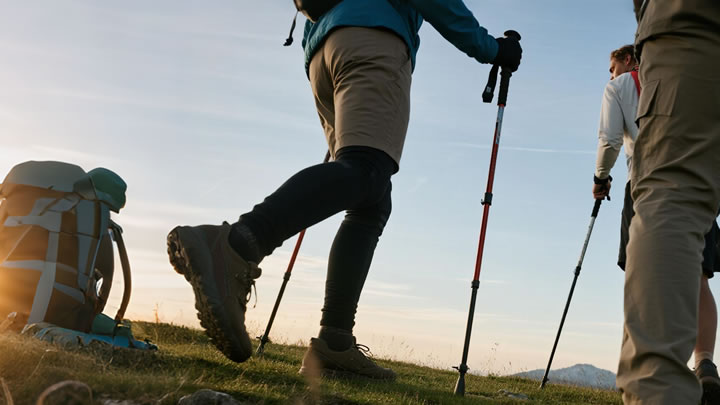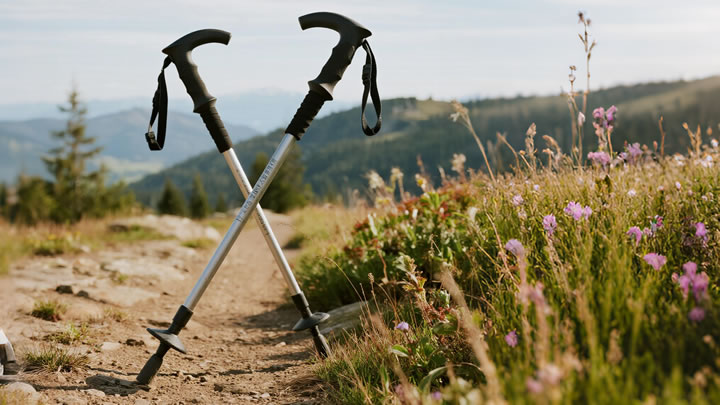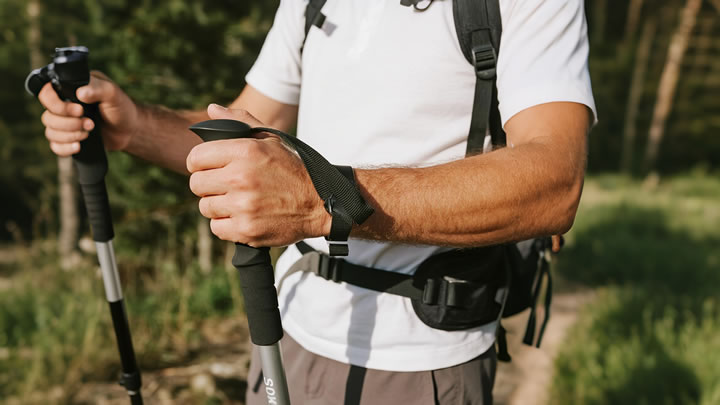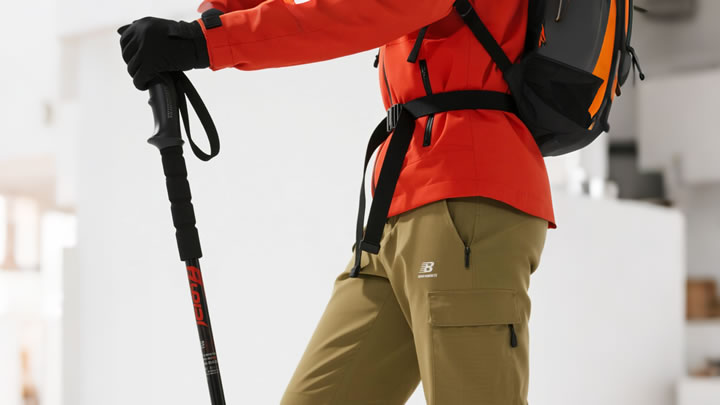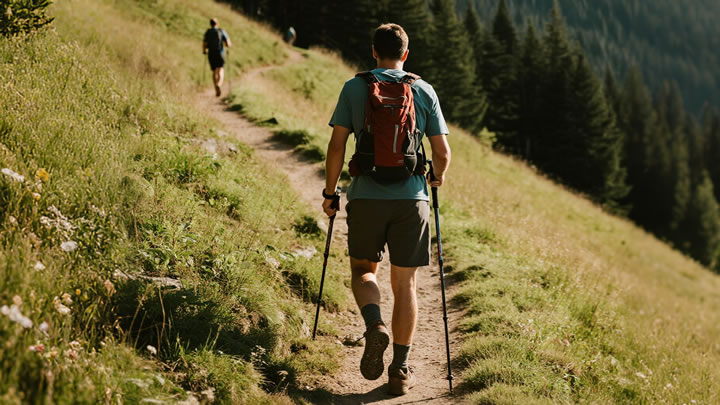Are trekking poles necessary for beginner hikers?
For new hikers, trekking poles often seem like optional accessories—or even unnecessary complications. Yet science and trail experience reveal they’re far more than "fancy sticks." They’re critical safety tools that reduce injury risk by 62% and transform grueling slogs into sustainable adventures. Here’s why beginners should start with poles—and how to use them right.
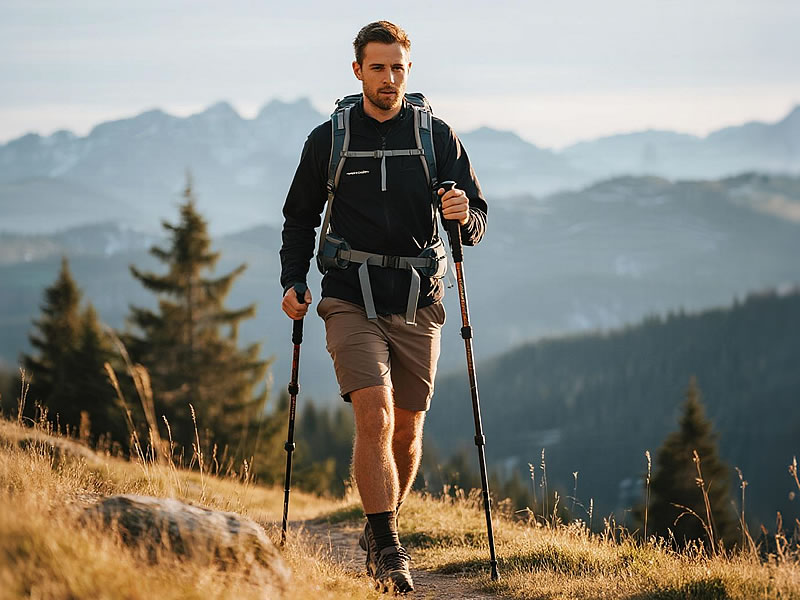
🧪 The Science: Why Beginners Benefit Most
- Injury Prevention: A study of 248 marathon runners showed non-pole users had a 47.7% injury rate, while pole users dropped to 18.4%—a 62% reduction. This is crucial for beginners whose untrained muscles and joints are prone to strains38.
- Joint Protection: Poles absorb 20–30% of impact forces on descents, shielding vulnerable knees and ankles. For new hikers navigating uneven terrain, this drastically cuts post-hike soreness18.
- Fatigue Reduction: By shifting 5–8 kg of weight per step to the upper body, poles delay leg exhaustion. Beginners hiking >4 hours report 25% less muscle fatigue, enabling longer, more enjoyable trips16.
🏔️ Key Benefits for New Hikers
- Stability on Technical Terrain:Poles create four-point contact, reducing slips by 47% on roots, rocks, or mud—common challenges for beginners16.They act as "probes" to test unstable ground before committing weight, preventing falls in streams or loose gravel26.
- Confidence Builder:New hikers using poles walk 15–20% faster on flats by leveraging rhythmic propulsion (arm swings mimic Nordic walking)1.Uphill efficiency improves by 25%, reducing the "burn" that discourages novices8.
- Long-Term Health Preservation:Studies confirm poles lower cumulative knee stress, delaying osteoarthritis—a critical perk for unconditioned hikers18.
⚠️ When Beginners Shouldn’t Use Poles
Poles aren’t universal. Avoid them in:
- Dense Forests/Scrambles: Branches snag poles; hands-free climbing is safer26.
- Extreme Slopes: On >45° inclines, store poles and use ropes/roots instead3.
- Poor Technique: Dragging poles or over-gripping increases fatigue. Training is essential14.
🛠️ Choosing & Using Poles: A Beginner’s Guide
Selecting the Right Pole
| Feature | Beginner Recommendation | Why |
|---|---|---|
| Material | Aluminum (e.g., Decathlon Quechua) | Cheaper, durable, bends (not snaps) |
| Lock Type | FlickLock adjusters | Easier mid-hike length changes vs. twist locks |
| Grip | Cork or EVA foam | Sweat-wicking; reduces blisters |
| Weight | <500g/pole | Light enough for untrained shoulders |
Critical Techniques
- Length Adjustment:Flat ground: Elbows at 90° when tips touch down14.Uphill: Shorten 5 cm for better thrust.Downhill: Lengthen 10 cm to pre-plant for shock absorption48.
- Wrist Strap Mastery:Slide hands up through straps → grip loosely. This transfers load to bones, not muscles48.
- Rhythm Sync:Plant pole opposite to forward foot (right pole + left foot). This mimics natural gait, reducing tripping16.
💡 Pro Tips for New Hikers
- Start Cheap: Try $30 aluminum poles (e.g., Decathlon Quechua) before investing in carbon fiber2.
- Drill on Pavement First: Practice "silent planting" (no scraping) to build muscle memory.
- Combine with Strength Training: Pair poles with step-downs and calf raises to build joint resilience8.
✅ The Verdict: Essential for 90% of Beginners
Yes, trekking poles are non-negotiable for most new hikers. They slash injury risk, boost confidence, and preserve joint health—letting beginners tackle longer, steeper trails sustainably. While dense forests or scrambles demand stowing them, 95% of beginner-friendly trails benefit from pole use

